Courses Infomation
Professor John M. Longo – The Art of Investing: Lessons from History’s Greatest Traders
 Professor John M. Longo – The Art of Investing: Lessons from History’s Greatest Traders
Professor John M. Longo – The Art of Investing: Lessons from History’s Greatest Traders
**More information:
Description
The same piece of advice from stock market professionals is frequently repeated: Invest for the long term. Increase portfolio diversity. The market can’t be defeated. These guidelines are excellent advice for the typical investor aiming to safeguard their retirement, but they aren’t as rigid as the professionals would have you believe. History has demonstrated that there are many people who routinely outperform the market. Take Warren Buffet or James Simons as examples of investors who over many years successfully combined sound investing strategies with managed risk to amass extremely amazing fortunes. They didn’t happen across a “unicorn” stock or repeatedly strike it fortunate. They carried out the necessary research and calculations, were risk-aware, and maintained their composure throughout tumultuous times. What investment lessons may be gleaned from these investing lions for today’s investors?
You’ll meet more than 30 great bankers in this engaging and educational course who have achieved outstanding success by taking huge financial risks and frequently taking unorthodox ways. The Art of Investing: Lessons from History’s Greatest Investors provides 24 half-hour courses that address the interesting and universal topic, “How did they do it?” As you seek for the solution, you’ll get to know some of the best traders ever, learn how they acquired their money, and get a toolkit of advice, techniques, and lessons from these inspiring tales.
Jesse Livermore: A renowned speculator in the “wild west” of Wall Street, Livermore made fortunes by shorting the market (betting that stock prices would decline) before the panics of 1907 and 1929. He had strict trading guidelines that are still followed today, but he disregarded them, which cost him a great deal of money and ultimately to his untimely demise.
Warren Buffet: Arguably the most well-known investor in the world and one of the wealthiest, Buffet gained billions by looking for high-quality businesses that were offering their products or services at a discount, a tactic known as value investing. Contrary to Jesse Livermore’s short-term speculation, Buffet’s strategy views shares as long-term ownership of a company.
Index funds, low-cost mutual funds that track several markets without active management, were Jack Bogle’s idea. The concept was viewed as ridiculous and perhaps un-American. But with the ultimate “put it and forget it” financial instruments, his business, the Vanguard Group, transformed investing.
Along with being intriguing businesspeople, these great investors offer a glimpse into the operation of financial markets, a crucial component of international economic expansion. And because many of them also have motivational personal success stories, their biographies are not only about accumulating fortune. For instance, renowned trader Linda Bradford Raschke earned a double degree in economics and writing from her college in 1980. Every brokerage business she applied to rejected her because she was a woman seeking to get into a field that was predominately men and had a music degree on top of that. She persisted though, and in the end she started a hedge fund that was incredibly profitable. In an intriguing turn of events, she attributes the development of her exceptional capacity to see patterns in markets to her musical training.
Award-winning Professor John M. Longo of the Rutgers University Business School, recognized by the Wall Street Journal as one of the finest business schools in the country, will be your guide as you read through these intriguing stories. Professor Longo manages $2.5 billion for Beacon Trust as chief investment officer and portfolio manager in addition to his teaching responsibilities.
You will find the profiles in The Art of Investing exciting and informative, whether you are an armchair investor, a business expert, or someone who loves amusing, eye-opening insights into the thinking of financial giants. After all, Hollywood’s success with films on the financial sector, such as The Big Short and Wall Street, is not a coincidence. Investing’s difficulties and fierce rivalry make for compelling stories!
Stock trading course: Learn about Stock trading
A stock trader or equity trader or share trader is a person or company involved in trading equity securities.
Stock traders may be an agent, hedger, arbitrageur, speculator, stockbroker.
Such equity trading in large publicly traded companies may be through a stock exchange.
Stock shares in smaller public companies may be bought and sold in over-the-counter (OTC) markets.
Stock traders can trade on their own account, called proprietary trading, or through an agent authorized to buy and sell on the owner’s behalf.
Trading through an agent is usually through a stockbroker. Agents are paid a commission for performing the trade.
Major stock exchanges have market makers who help limit price variation (volatility) by buying and selling a particular company’s shares on their own behalf and also on behalf of other clients.
Salepage : Professor John M. Longo – The Art of Investing: Lessons from History’s Greatest Traders

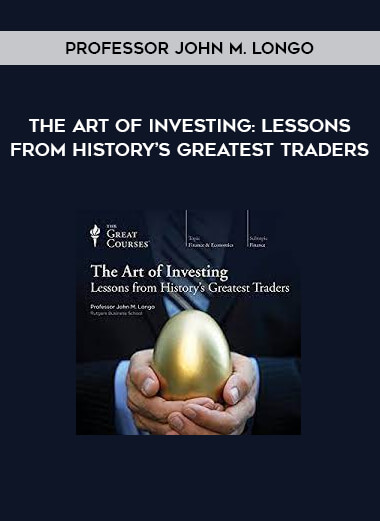


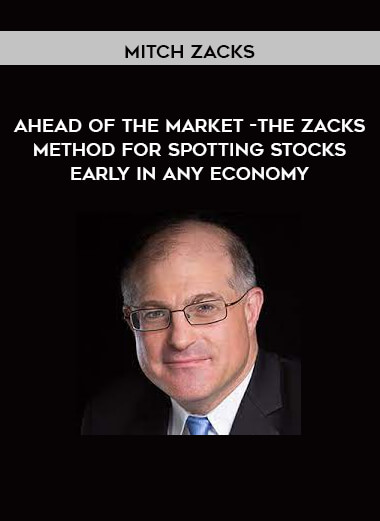
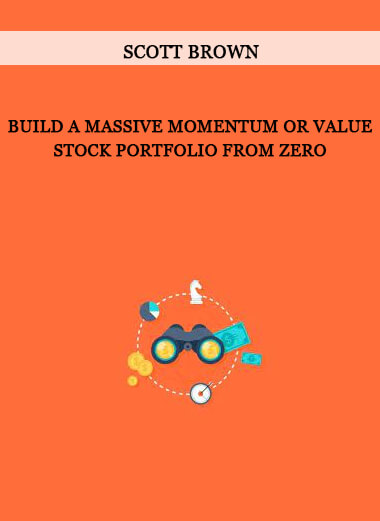

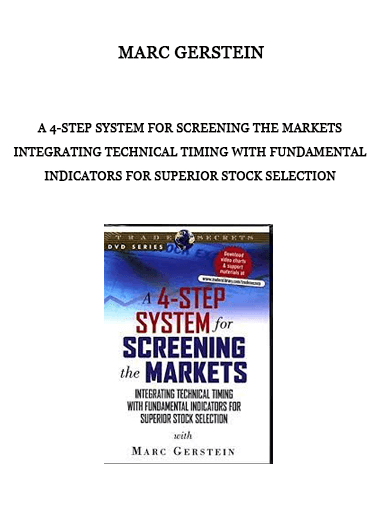



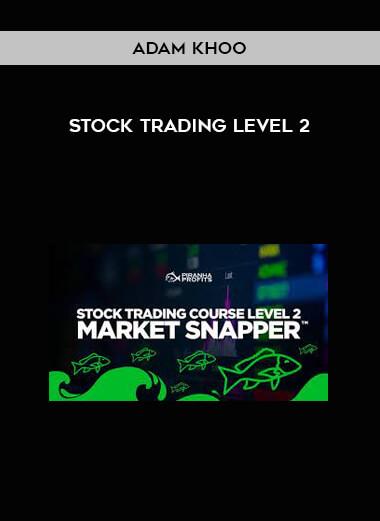
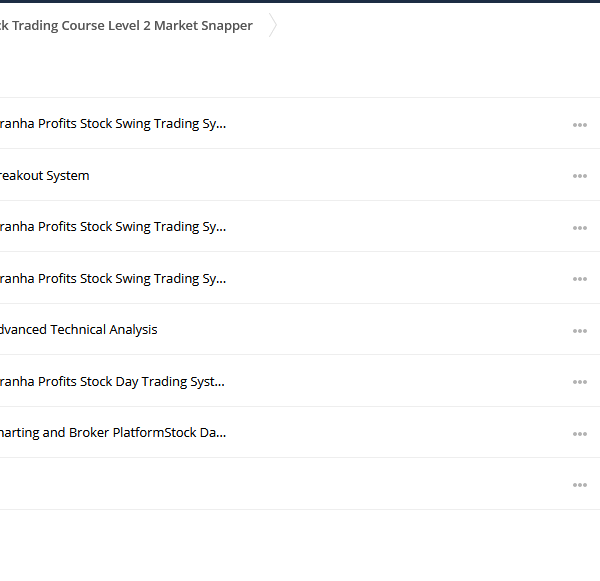




















Reviews
There are no reviews yet.